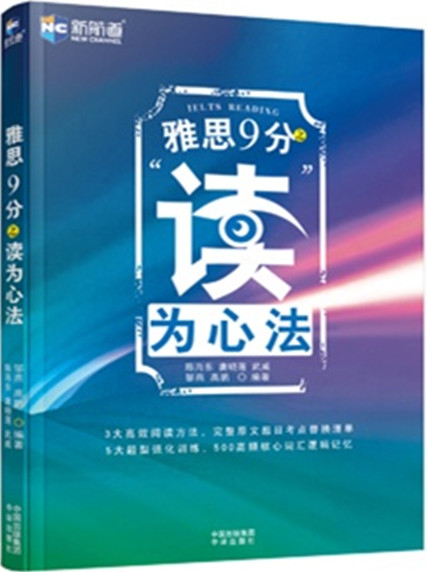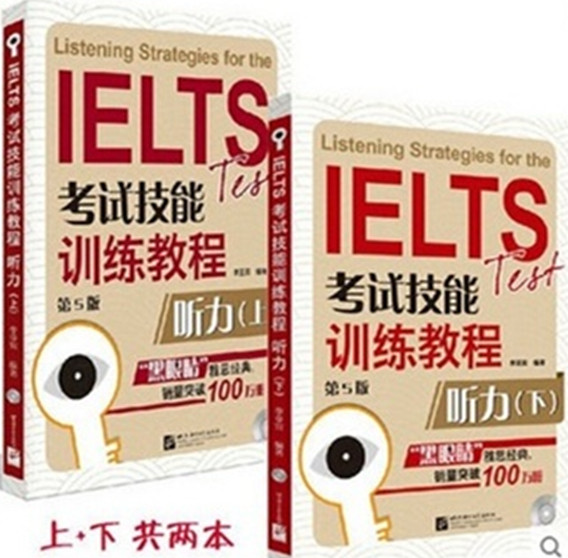2017年雅思考試閱讀熱門(mén)資訊每日讀(29)
2017年雅思考試閱讀熱門(mén)資訊每日讀(29)
Timer Keeper
HInformation Theory信息論is one of the few scientific fields fortunate enough to have an identifiable可以確認(rèn)的beginning - Claude Shannon's 1948 paper. The story of the evolution發(fā)展, 演變of how it progressed進(jìn)步from a single theoretical理論的paper to a broad廣泛的field that has redefined重新定義our world is a fascinating one. It provides the opportunity to study the social, political, and technological interactions相互作用that have helped guide its development and define闡釋its trajectory軌跡, and gives us insight洞察into how a new field evolves發(fā)展.
We often hear Claude Shannon called the father of the Digital Age. In the beginning of his paper Shannon acknowledges承認(rèn)the work done before him, by such pioneers先驅(qū)as Harry Nyquist and RVL. Hartley at Bell Labs貝爾實(shí)驗(yàn)室in the 1920s. Though their influence影響 was profound深遠(yuǎn)的, the work of those early pioneers was limited and focused on their own particular獨(dú)特的 applications應(yīng)用. It was Shannon’s unifying統(tǒng)一 vision視力,先見(jiàn)之明,想象力,景象 that revolutionized使革命化 communication傳達(dá)信息, and spawned使產(chǎn)生 a multitude of多數(shù) communication research that we now define as the field of Information Theory.
One of those key concepts概念 was his definition of the limit for channel capacity通路容量. Similar to Moore’s Law, the Shannon limit can be considered a self-fulfilling完成 prophecy預(yù)言能力. It is a benchmark基準(zhǔn) that tells people what can be done, and what remains to be done – compelling強(qiáng)制性的 them to achieve it.
Information Theory was not just a product of the work of Claude Shannon. It was the result of crucial 關(guān)鍵性的contributions貢獻(xiàn) made by many distinct獨(dú)特的 individuals個(gè)體, from a variety of多種的 backgrounds, who took his ideas and expanded延伸 upon them. Indeed the diversity差異/多樣性 and directions of their perspectives觀點(diǎn)/看法 and interests shaped the direction of Information Theory.
- 12018-04-042018雅思閱讀精讀:中國(guó)的量子網(wǎng)絡(luò)
- 22018-04-04雅思閱讀精讀:人類(lèi)大腦與機(jī)器實(shí)驗(yàn)
- 32017-07-242017年雅思考試閱讀練習(xí)題(3)
- 42017-07-242017年雅思考試閱讀練習(xí)題(2)
- 52017-07-242017年雅思考試閱讀練習(xí)題(1)





